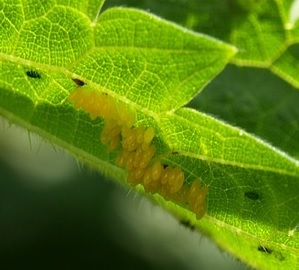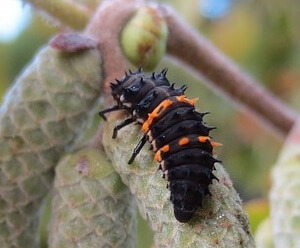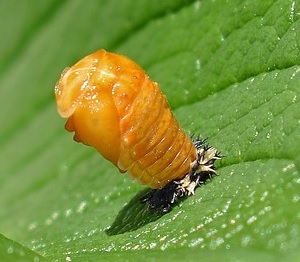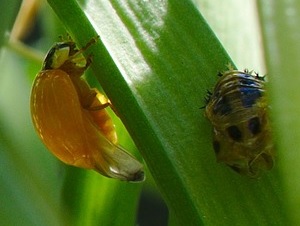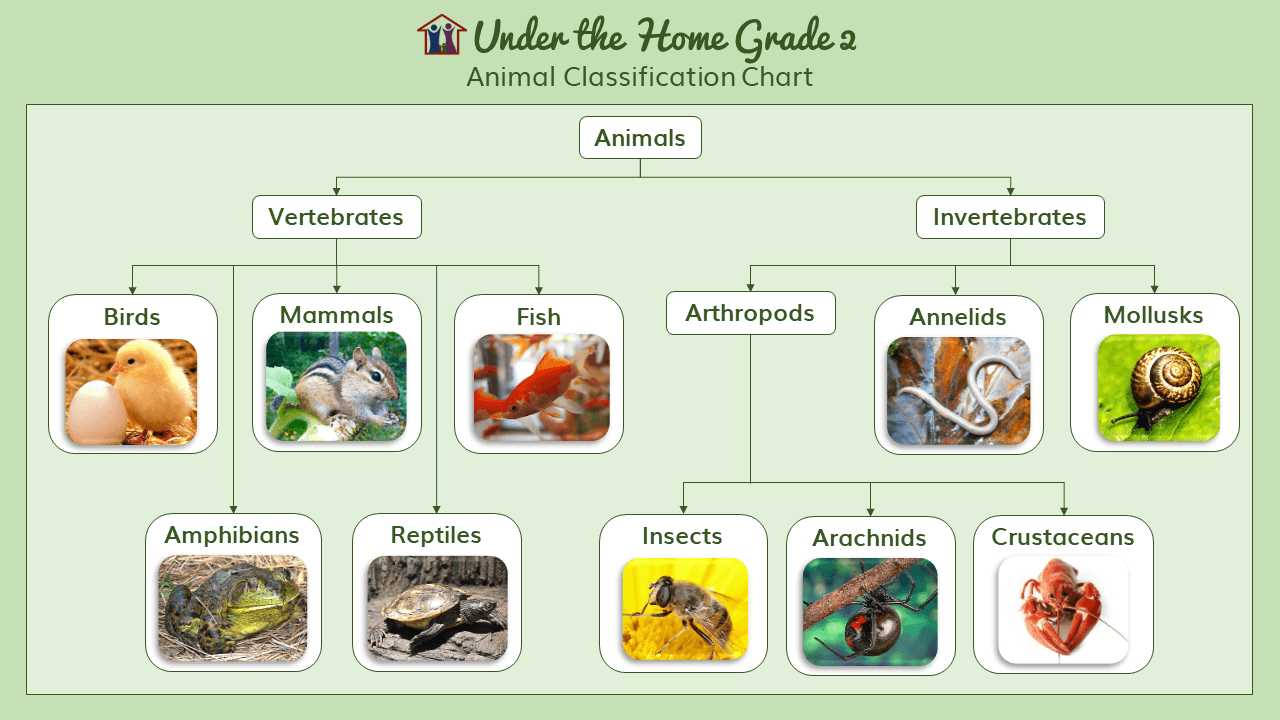Lesson 6: The Beetle
Performer: LibriVox - Claire Schreuder
'The Beetle Who Did Not Like Caterpillars' from Among the Meadow People by Clara Dillingham Pierson
One morning early in June, a fat and shining May Beetle lay on his back among the grasses, kicking his six legs in the air, and wriggling around while he tried to catch hold of a grass-blade by which to pull himself up. Now, Beetles do not like to lie on their backs in the sunshine, and this one was hot and tired from his long struggle. Beside that, he was very cross because he was late in getting his breakfast, so when he did at last get right side up, and saw a brown and black Caterpillar watching him, he grew very ill-mannered, and said some things of which he should have been ashamed.
"Oh, yes," he said, "you are quick enough to laugh when you think somebody else is in a fix. I often lie on my back and kick, just for fun." (Which was not true, but when Beetles are cross they are not always truthful.)
"Excuse me," said the Caterpillar, "I did not mean to hurt your feelings. If I smiled, it was because I remembered being in the same plight myself yesterday, and what a time I had smoothing my fur afterwards. Now, you won't have to smooth your fur, will you?" she asked pleasantly.
"No, I'm thankful to say I haven't any fur to smooth," snapped the Beetle. "I am not one of the crawling, furry kind. My family wear dark brown, glossy coats, and we always look trim and clean. When we want to hurry, we fly; and when tired of flying, we walk or run. We have two kinds of wings. We have a pair of dainty, soft ones, that carry us through the air, and then we have a pair of stiff ones to cover over the soft wings when we come down to the earth again. We are the finest family in the meadow."
"I have often heard of you," said the Caterpillar, "and am very glad to become acquainted."
"Well," answered the Beetle, "I am willing to speak to you, of course, but we can never be at all friendly. A May Beetle, indeed, in company with a Caterpillar! I choose my friends among the Moths, Butterflies, and Dragonflies,—in fact, I move in the upper circles."
"Upper circles, indeed!" said a croaking voice beside him, which made the Beetle jump, "I have hopped over your head for two or three years, when you were nothing but a fat, white worm. You'd better not put on airs. The fine family of May Beetles were all worms once, and they had to live in the earth and eat roots, while the Caterpillars were in the sunshine over their heads, dining on tender green leaves and flower buds."
The May Beetle began to look very uncomfortable, and squirmed as though he wanted to get away, but the Tree Frog, for it was the Tree Frog, went on: "As for your not liking Caterpillars, they don't stay Caterpillars. Your new acquaintance up there will come out with wings one of these days, and you will be glad enough to know him." And the Tree Frog hopped away.
The May Beetle scraped his head with his right front leg, and then said to the Caterpillar, who was nibbling away at the milkweed: "You know, I wasn't really in earnest about our not being friends. I shall be very glad to know you, and all your family."
"Thank you," answered the Caterpillar, "thank you very much, but I have been thinking it over myself, and I feel that I really could not be friendly with a May Beetle. Of course, I don't mind speaking to you once in awhile, when I am eating, and getting ready to spin my cocoon. After that it will be different. You see, then I shall belong to one of the finest families in the meadow, the Milkweed Butterflies. We shall eat nothing but honey, and dress in soft orange and black velvet. We shall not blunder and bump around when we fly. We shall enjoy visiting with the Dragonflies and Moths. I shall not forget you altogether, I dare say, but I shall feel it my duty to move in the upper circles, where I belong. Good morning."
